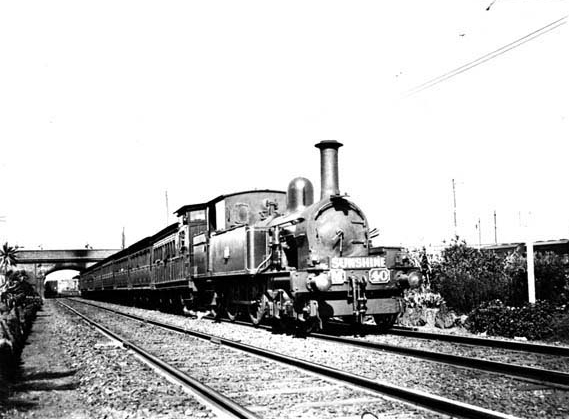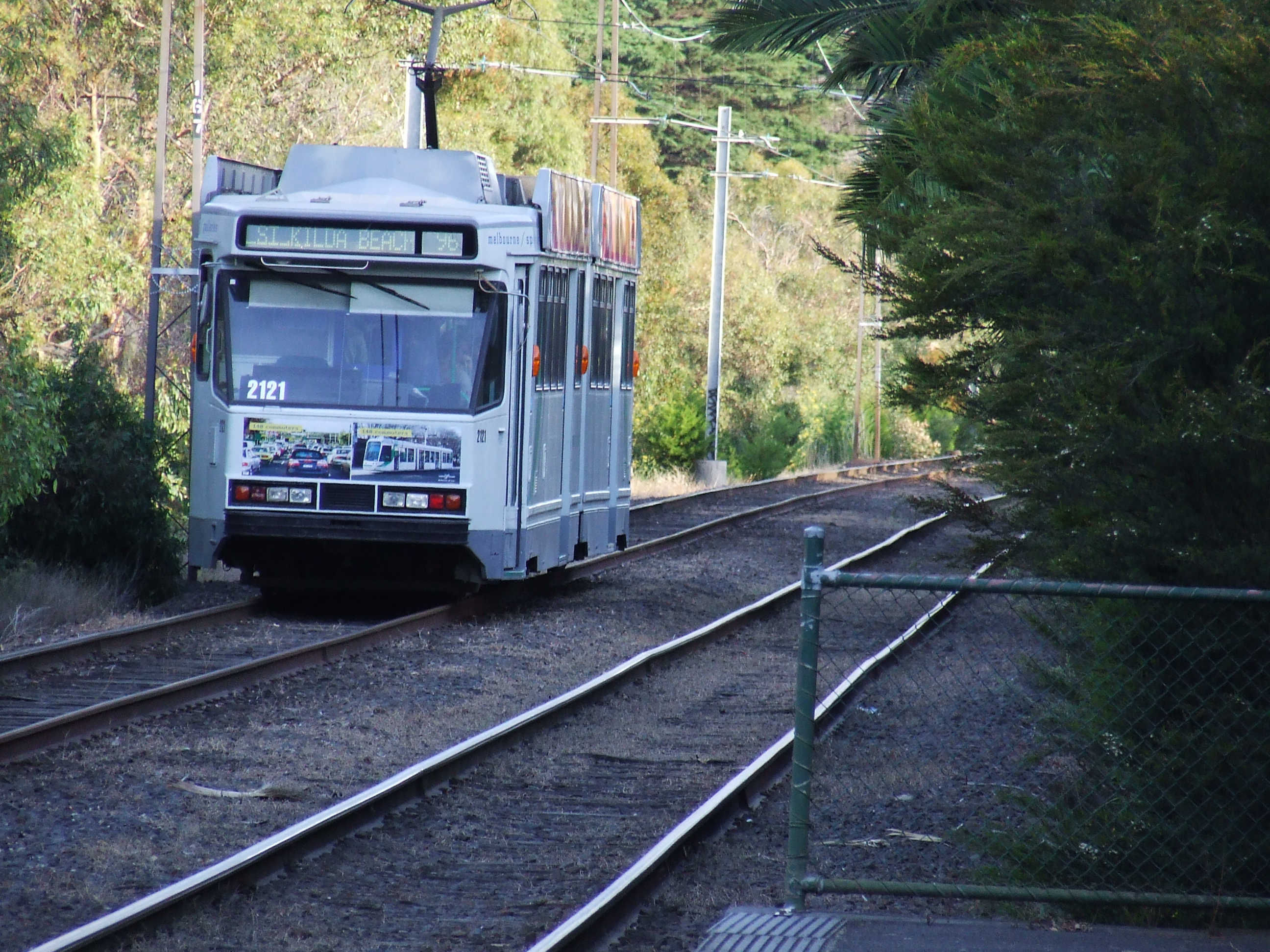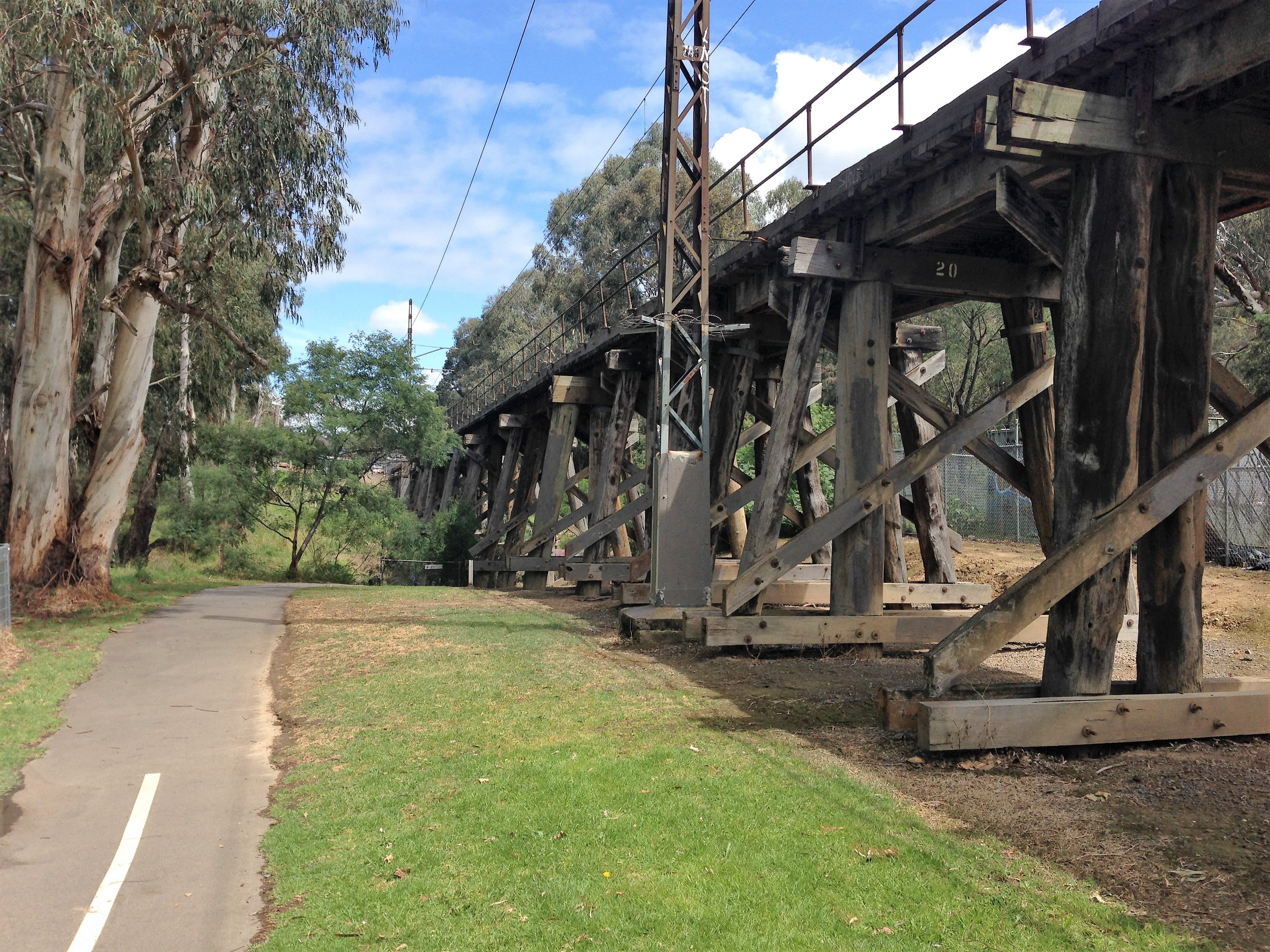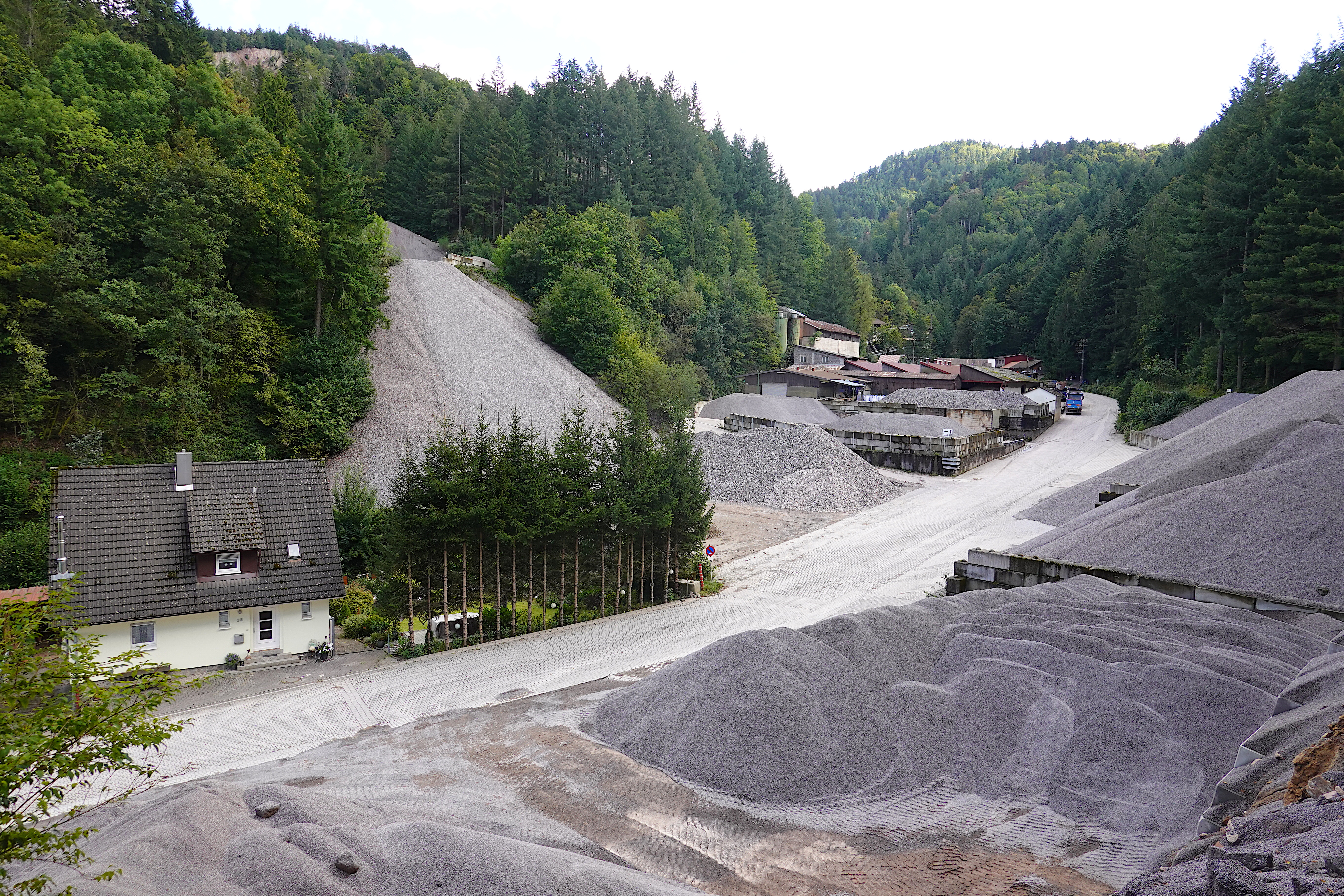|
List Of Proposed Melbourne Rail Extensions
Proposals for expansion of the Melbourne rail network are commonly presented by political parties, government agencies, industry organisations and public transport advocacy groups. The extensions proposed take a variety of forms: electrification of existing routes to incorporate them into the suburban rail system; reconstruction of former passenger rail lines along pre-existing easements; entirely new routes intended to serve new areas with heavy rail or provide alternative routes in congested areas; or track amplification along existing routes to provide segregation of services. Other proposals are for the construction of new or relocated stations on existing lines, to provide improved access to public transport services. Proposals which have been adopted as policy by the state government, and which are in the detailed planning or construction phases, are also listed in this article. History 1929 Metropolitan Town Planning Commission Plan The Metropolitan Town Plann ... [...More Info...] [...Related Items...] OR: [Wikipedia] [Google] [Baidu] |
Railways In Melbourne
The Melbourne rail network is a metropolitan Commuter rail, suburban and Rail freight transport, freight rail system serving the city of Melbourne, Victoria (Australia), Victoria, Australia. The metropolitan rail network is centred around the Melbourne central business district (CBD) and consists of 221 railway stations across 16 lines, which served a patronage of 182.5 million over the year 2023–2024. It is the core of the larger Rail transport in Victoria, Victorian railway network, with regional links to both intrastate and interstate rail systems. Metro Trains Melbourne operates the Melbourne metropolitan rail network under franchising, franchise from the Victoria State Government, Victorian Government, overseen by Public Transport Victoria, a division of the Department of Transport and Planning. The government-owned entity V/Line operates trains from Melbourne across Rail transport in Victoria, regional Victoria. The first steam train in Australia commenced service in ... [...More Info...] [...Related Items...] OR: [Wikipedia] [Google] [Baidu] |
St Kilda Railway Line
The St Kilda railway line is a former railway line in Melbourne, Australia. Operation The line was opened by the Melbourne and Hobson's Bay Railway Company in 1857. It ran for 4.5 kilometres from the Melbourne (or City) Terminus (on the site of modern-day Flinders Street station), crossing the Yarra River via the Sandridge Bridge, to branch off from the Port Melbourne line and after stopping at three stations along the line – South Melbourne, Albert Park, Middle Park – ending at St Kilda. For a short time early in the line's history, there was a short connection provided to the then Brighton line at Windsor, however this link was removed shortly after the direct link was provided to Bay Street from Richmond. The line was taken over by the Government of Victoria in 1878, to become part of Victorian Railways. The line was electrified in 1919. Closure The line was originally to be closed in 1981, and replaced with buses as recommended in the Lonie Report. Plans w ... [...More Info...] [...Related Items...] OR: [Wikipedia] [Google] [Baidu] |
Heidelberg, Victoria
Heidelberg () is a suburb of Melbourne, Victoria, Australia, northeast of Melbourne's central business district, located within the City of Banyule local government area. Heidelberg recorded a population of 7,360 at the 2021 census. Once a large town on Melbourne's outskirts, Heidelberg was absorbed into Melbourne as part of the latter's northward expansion after World War II. Heidelberg once had its own historic central business district including its own municipality in the former City of Heidelberg. Heidelberg lends its name to the Heidelberg School, an impressionist art movement that developed in and around the town in the late 19th-century. History The land at Heidelberg was sold by Crown auction in 1838, making it one of the earliest rural allotments in Australia, as Melbourne was founded only three years earlier. By 1840, ''Warringal'' had been established as a surveyed township, the name referring to an Aboriginal term for ''eagle's nest''. Eventually, ''Warringa ... [...More Info...] [...Related Items...] OR: [Wikipedia] [Google] [Baidu] |
Northcote, Victoria
Northcote () is an inner suburb in Melbourne, Victoria (Australia), Victoria, Australia, north-east of Melbourne's Melbourne City Centre, Central Business District, located within the City of Darebin Local government areas of Victoria, local government area. Northcote recorded a population of 25,276 at the 2021 Australian census, 2021 census. History The southerly surveyed portion is now Westgarth (Victoria), Westgarth. It was the area further north of present-day Westgarth which saw settlement and development, particularly around the mansion built by William Rucker on Bayview Street in 1842 (the area now known as Ruckers Hill). Large, expensive houses were built throughout the Victorian gold rush of the 1850s. Lower Plenty Road (or High Street as it is known today) became the central street of Northcote, instead of Westgarth Street as initially proposed. A bridge was built across the Merri Creek in 1858, making access to the area more convenient. Throughout the 1850s, churches ... [...More Info...] [...Related Items...] OR: [Wikipedia] [Google] [Baidu] |
Preston, Victoria
Preston is a suburb in Melbourne, Victoria (Australia), Victoria, Australia, north-east of Melbourne's Melbourne central business district, central business district, located within the City of Darebin Local government areas of Victoria, local government area. Preston recorded a population of 33,790 at the 2021 Australian census, 2021 census. History 19th century The area was first surveyed by Robert Hoddle in 1837. Parcels of land between 300 acres (in the southern area) and over 1000 acres (in the north) were all sold during the Melbourne "land boom" sales of the late 1830s. The first permanent white resident was Samuel Jeffrey in 1841, and from him the area's early name was Irishtown. In 1850, Edward Wood, a settler from Sussex, England, opened a store at the corner of High Street and Wood Street, which was also the district's first post office. Meeting at Wood's store, members of the Ebenezer Church, Particular Baptist from Brighton, England met to change the name. They w ... [...More Info...] [...Related Items...] OR: [Wikipedia] [Google] [Baidu] |
Alphington, Victoria
Alphington ( ) is a suburb in Melbourne, Victoria, Australia, north-east of Melbourne's Central Business District, located within the Cities of Darebin and Yarra local government areas. Alphington recorded a population of 5,702 at the . Alphington shares a postcode with neighbouring suburb Fairfield, and is bounded by the Yarra River in the south and the Darebin Creek in the east. History Darebin Creek area is the traditional country of the Wurundjeri-willam people who are part of the Woiworung clan of the Kulin Nation, who are traditional owners of the country from west of Melbourne along to the Darebin Creek and to outer eastern Melbourne. For the Wurundjeri-willam people, the fertile Alphington region provided fresh water from the Darebin Creek and seasonal fish, tubers and shoots from water plants; while birds and animals provided clothing and food, trees and plants provided food and tools. The genesis of Alphington was the Bridge Hotel and Darebin Creek Bridge ... [...More Info...] [...Related Items...] OR: [Wikipedia] [Google] [Baidu] |
Hurstbridge Railway Line
The Hurstbridge line is a commuter railway line in the city of Melbourne, Victoria (Australia), Victoria, Australia. Operated by Metro Trains Melbourne, it is the city's seventh longest metropolitan railway line at . The line runs from Flinders Street railway station, Flinders Street Station in central Melbourne to Hurstbridge railway station, Hurstbridge Station in the north-east, serving 28 stations via Clifton Hill railway station, Clifton Hill, Heidelberg railway station, Heidelberg, Macleod railway station, Macleod, Greensborough railway station, Greensborough, Eltham railway station, Melbourne, Eltham and Diamond Creek railway station, Diamond Creek. The line operates for approximately 19 hours a day (from approximately 5:00 am to around 12:00 am) with 24 hour service available on Friday and Saturday nights. During peak hour, headways of up to 15 minutes are operated with services every 20–30 minutes during off-peak hours. Trains on the Hurstbridge Line run with a two thre ... [...More Info...] [...Related Items...] OR: [Wikipedia] [Google] [Baidu] |
Southbank, Victoria
Southbank is an inner-city suburb in Melbourne, Victoria, Australia, south of the Melbourne central business district, located within the Cities of City of Melbourne, Melbourne and City of Port Phillip, Port Phillip Local government areas of Victoria, local government areas. Southbank recorded a population of 22,631 at the 2021 Australian census, 2021 census. Its southernmost area is considered part of the central business district of the city. Southbank is bordered to the north by the Yarra River, and to the east by St Kilda Road. Southbank's southern and western borders are bounded by Dorcas Street, Princes Highway, Kings Way, Market Street, Ferrars Street, and a triangle bordered by Gladstone Street, Montague Street and the West Gate Freeway. Southbank was formerly a mostly industrial area, and simply part of the locality of South Melbourne, and the City of South Melbourne. It was transformed into a densely populated district of high rise apartment and office buildings begi ... [...More Info...] [...Related Items...] OR: [Wikipedia] [Google] [Baidu] |
Lonsdale Street
Lonsdale Street is a main street and thoroughfare in the Melbourne central business district, Australia. It runs roughly east–west and was laid out in 1837 as one of Melbourne's original boundaries within the Hoddle Grid. The street extends from Spring Street, Melbourne, Spring Street in the east to Spencer Street in the west. Lonsdale Street is home to multiple office buildings, churches, restaurants and shopping centres. Its most notable function is housing the Victoria (Australia), State of Victoria's legal precinct and Courthouse, courthouses. The street is also named for Melbourne's first magistrate, William Lonsdale (colonist), William Lonsdale. History 19th Century Lonsdale Street was included in the grid developed by Robert Hoddle, the chief surveyor for the new settlement of Melbourne. Whilst Lonsdale and other streets were originally designed at 99 feet, then Governor Richard Bourke initially objected to the large sizing. Hoddle persuaded him, on the basi ... [...More Info...] [...Related Items...] OR: [Wikipedia] [Google] [Baidu] |
Land-use Planning
Land use planning or ''Land-use regulation'' is the process of regulating the use of land by a central authority. Usually, this is done to promote more desirable social and environmental outcomes as well as a more efficient use of resources. More specifically, the goals of modern land use planning often include environmental conservation, restraint of urban sprawl, minimization of transport costs, prevention of land use conflicts, and a reduction in exposure to pollutants. In the pursuit of these goals, planners assume that regulating the use of land will change the patterns of human behavior, and that these changes are beneficial. The first assumption, that regulating land use changes the patterns of human behavior is widely accepted. However, the second assumption – that these changes are beneficial – is contested, and depends on the location and regulations being discussed. In urban planning, land use planning seeks to order and regulate land use in an efficient and ... [...More Info...] [...Related Items...] OR: [Wikipedia] [Google] [Baidu] |
Melbourne & Metropolitan Board Of Works
The Melbourne and Metropolitan Board of Works (MMBW) was a public utility board in Melbourne, Australia, set up in 1891 to provide water supply, sewerage and sewage treatment functions for the city. In 1992, the MMBW was merged with a number of smaller urban water authorities to form Melbourne Water. MMBW was abolished in 1992. Establishment From Melbourne's settlement in the 1830s into the boom years of the 1880s, the disposal of sewage was very basic. In the early days the majority of waste from homes and industries flowed into street channels and on to local rivers and creeks which became open sewers. By the 1880s, many homes in the inner city had privies backing into a rear lane, the Pail closet system where "Night soil" was collected in pans by a "nightman" reaching through a small door in the back of the outdoor toilet. It was carted away to the outer fringes of Melbourne, where it was often used as fertiliser by market gardeners. Because the waste stayed in the pan for u ... [...More Info...] [...Related Items...] OR: [Wikipedia] [Google] [Baidu] |
Glen Waverley Railway Line
The Glen Waverley line is a commuter railway line in the city of Melbourne, Victoria, Australia. Operated by Metro Trains Melbourne, it is the city's sixth shortest metropolitan railway line at . The line runs from Flinders Street station in central Melbourne to Glen Waverley station in the east, serving 20 stations including Burnley, Kooyong, East Malvern, and Jordanville. The line operates for approximately 19 hours a day (from approximately 5:15 am to around 12:00 am) with 24 hour service available on Friday and Saturday nights. The line operates with headways of up to 7 minutes during peak hours and as long as 30 minutes during off-peak hours. Trains on the Glen Waverley line run with two three-car formations of X'Trapolis 100 trainsets. Sections of the Glen Waverley line opened as early as 1890, with the line fully extended to Glen Waverley in 1930. The line was built to connect Melbourne with the rural towns of Kooyong, East Malvern, Mount Waverley, and Glen Waverl ... [...More Info...] [...Related Items...] OR: [Wikipedia] [Google] [Baidu] |










